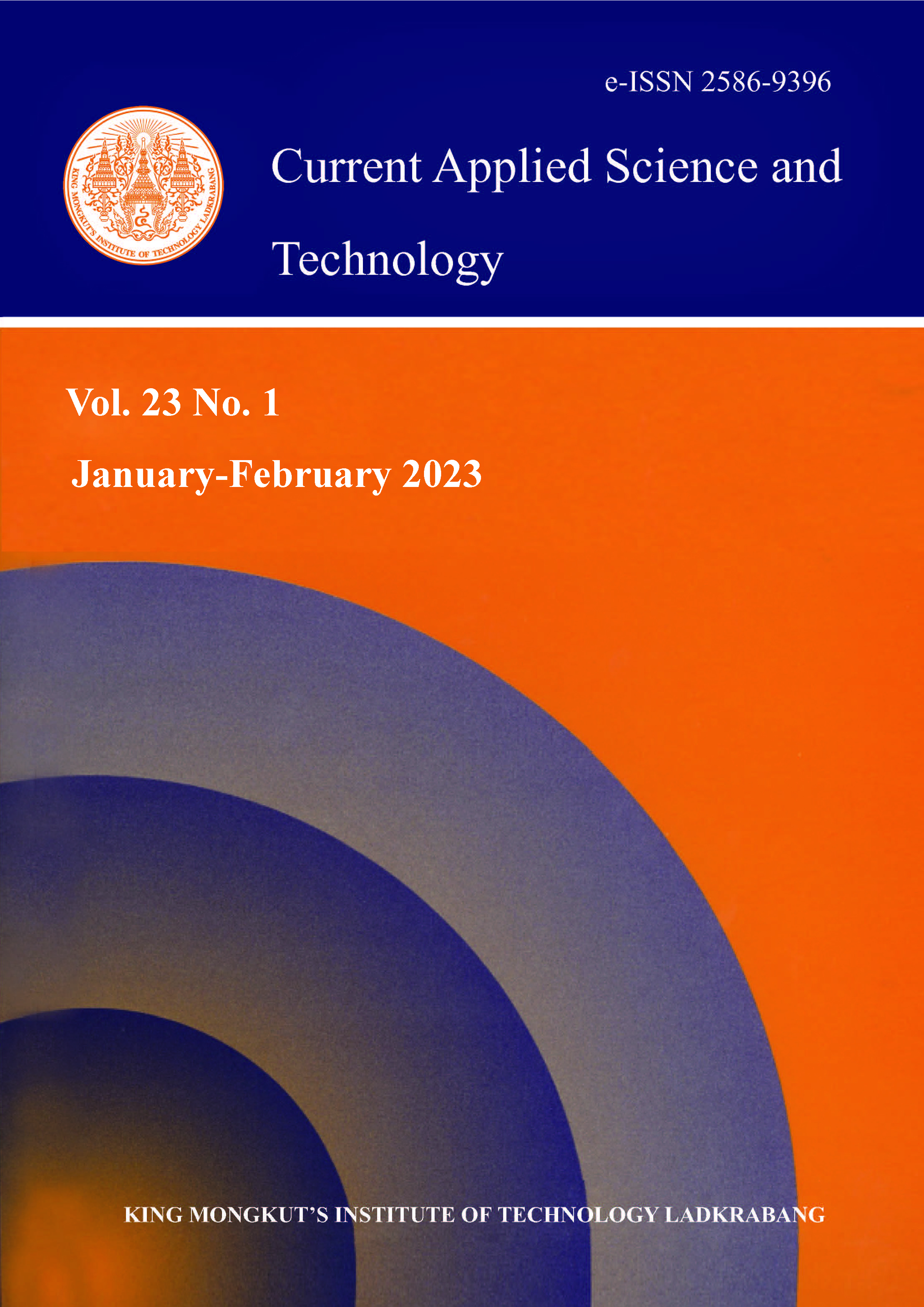Spatial Distribution of Cotton Bollworm in Southeastern Shores of the Caspian Sea, Golestan Province, Iran
Main Article Content
Abstract
Cotton bollworm, Helicoverpa armigera Hübner (Lepidoptera: Noctuidae), is one of the major pests in the cotton fields, and threatens the sustainability of cotton production due to its polyphagous and cosmopolitan behaviors. Risk levels of moth distribution depend on spatial-temporal changes. Therefore, this study aimed at performing spatial-temporal analysis of H. armigera moth population in the southeastern area of the Caspian Sea (Golestan province, Iran) using the Geographic Information System (GIS). Almost weekly data (7-10 days), the moth distributions of H. armigera were collected from 65 cotton fields from May 30, 2020, to September 17, 2020. The moth’s population maps of H. armigera were estimated using an Inverse Distance Weighting (IDW) interpolation method. Spatial autocorrelations and data clustering for the moth populations were performed by Moran's I analysis to highlight moth population hotspots on the shores of Caspian Sea. The result of the spatial analysis showed that moth of H. armigera distributed aggregation pattern during the cotton growing season. Interpolated maps (IDW) of H. armigera moth showed that almost all of the hotspots were located in the southeastern areas of the Caspian Sea.
Keywords: cotton bollworm; Global Moran's I; hotspots; Local Moran's I
*Corresponding author: Tel.: (+98) 173-224-4005
E-mail: m.jokar@areeo.ac.ir
Article Details

This work is licensed under a Creative Commons Attribution-NonCommercial-NoDerivatives 4.0 International License.
Copyright Transfer Statement
The copyright of this article is transferred to Current Applied Science and Technology journal with effect if and when the article is accepted for publication. The copyright transfer covers the exclusive right to reproduce and distribute the article, including reprints, translations, photographic reproductions, electronic form (offline, online) or any other reproductions of similar nature.
The author warrants that this contribution is original and that he/she has full power to make this grant. The author signs for and accepts responsibility for releasing this material on behalf of any and all co-authors.
Here is the link for download: Copyright transfer form.pdf
References
Liu, Z., Li, D., Gong, P. and Wu, K., 2004. Life table studies of the cotton bollworm, Helicoverpa armigera (Hübner) (Lepidoptera: Noctuidae), on different host plants. Environmental Entomology, 33(6), 1570-1576.
Gao, Y., Feng, H. and Wu, K., 2020. Regulation of the seasonal population patterns of Helicoverpa armigera moths by Bt cotton planting. Transgenic Research, 19(4), 557-562.
Helman, D., Blum, M., Lensky, I.M., Cohen, Y., Goldshtein, E. and Nestel, D., 2018. Predicting Heliothis (Helicoverpa armigera) pest population dynamics with an age-structured insect population model driven by satellite data. Ecological Modelling, 369(1), 1-12.
García, F.J.M., 2006. Analysis of the spatio-temporal distribution of Helicoverpa armigera in a tomato field using a stochastic approach. Biosystems Engineering, 93(3), 253-259.
Taylor, L.R., 1984. Assessing and interpreting the spatial distributions of insect populations. Annual Review of Entomology, 29(1), 321-357.
Goovaerts, P., 1997. Geostatistics for Natural Resource Evaluation. Oxford: Oxford University Press.
Park, Y.L. and Obrycki, J.J., 2004. Spatio-temporal distribution of corn leaf Aphids (Homoptera: Aphididae) and lady beetles (Coleoptera: Coccinellidae) in Iowa cornfields. Biological Control, 31(2), 210-217.
Kemp, W.P., Kalaris, T.M. and Quimby, W.F., 1989. Rangeland grasshopper (Orthoptera: Acrididae) spatial variability: Macroscale population assessment. Journal of Economic Entomology, 82(5), 1270-1276.
Schotzko, D.J. and O’Keeffe, L.E., 1989. Geostatistical description of the spatial distribution of Lygus hesperus (Heteroptera: Miridae) in lentils. Journal of Economic Entomology, 82(5), 1277-1288.
Panthi, B.R., Renkema, J.M., Lahiri, S. and Liburd, O.E., 2021. Spatio-temporal distribution and fixed-precision sampling plan of Scirtothrips dorsalis (Thysanoptera: Thripidae) in Florida blueberry. Insects, 12( 3), DOI: 10.3390/insects12030256.
Karimzadeh, R., Hejazi, M.J., Helali, H., Iranipour, S. and Mohammadi, S.A., 2011. Analysis of the spatio-temporal distribution of Eurygaster integriceps (Hemiptera: Scutelleridae) by using spatial analysis by distance indices and geostatistics. Environmental Entomology, 40(5), 1253-1265.
Overmars, K.P., de Koning, G.H.J. and Veldkamp, A., 2003. Spatial autocorrelation in multi-scale land use models. Ecological Modelling, 164(2-3), 257-270.
Kriticos, D.J., Ota, N., Hutchison, W.D, Beddow, J., Walsh, T., Tay, W.T., Borchert, D.M., Paula-Moreas, S.V., Czepak, C. and Zalucki, M.P., 2015. The potential distribution of invading Helicoverpa armigera in North America: Is it just a matter of time? PLoS One, 10(7), 1-24.
Milonas, P., Gogou, C., Papadopoulou, A., Fountas, S., Liakos, V. and Papadopoulos, N.T., 2016. Spatio-temporal distribution of Helicoverpa armigera (Hübner) (Lepidoptera: Noctuidae) and Pectinophora gossypiella (Saunders) (Lepidoptera: Gelechiidae) in a cotton production area. Neotropical Entomology, 45(3), 240-251.
Mironidis, G.K,, Stamopoulos, D.C. and Savopoulou-Soultani, M., 2010. Overwintering survival and spring emergence of Helicoverpa armigera (Lepidoptera: Noctuidae) in northern Greece. Environmental Entomology, 39(4), 1068-1084.






